In this blog basic definitions and concepts regarding pathogenesis of bacterial diseases are discussed. These concepts will be discussed in next series of blogs relating to pathogenesis.
WHAT IS PATHOGENESIS
Pathogenesis is a process/path through which bacteria cause disease.
The study of pathogenesis includes all the processes and mechanisms that helps in developing disease/infection in the host after contracting the pathogen. It covers all the steps involved in infection from entry of pathogen to its exit from the body and its fate.
In short it is a system by which a pathogen cause disease
STEPS OF PATHOGENESIS
- Transmission/Entry of pathogen into host
- Adherence to cells of host and colonization
- Invasion of host tissue
- Evasion of immune mechanismd
- Damage to host (toxin production etc.)
- Fate of disease (Progression or resolution)
PATHOGEN
Microorganisms capable of causing infection are called pathogen.
OPPORTUNISTIC PATHOGEN
Pathogens that cause disease in immunocompromised hosts.
WHAT IS INFECTION?
Infection is invasion of host by pathogen leading to invasion and colonization eventually causing disease
- SUB CLINICAL : If the pathogen enter and colonize host but do not cause symptoms, it is called subclinical infection
- CLINICAL: If host is invaded by pathogen and sings and symptoms of disease appear
DISEASE
If a pathogen damage host enough to disrupt its normal physiological functions/processes, this is called disease.
In this condition tissue of host is damaged and signs of disease appear.
All infections do not end in causing disease, some are asymptomatic
VIRULENCE
Virulence is defined as the severity of disease caused by pathogen. It is a quantitative measure of pathogenicity.
Highly virulent pathogen cause severe infection.
Virulence of pathogen depends on virulence factors such as toxins, enzymes, adhesion molecules, and capsules that helps in pathogenesis of disease.
- 50% lethal dose (LD50) : It is described as number of pathogens needed to kill 50 % of the hosts that contracted the pathogen.
- 50% infectious dose (ID50): It is described as the number of pathogens needed to cause infection in half the hosts.
VIRULENCE FACTORS
Bacterial virulence factors are tools or structures possessed by bacteria that aid them in pathogenesis and cause disease.
They determine the severity of pathogenicity
Bacteria possess different types of virulence factors like toxins, structural, enzymes, regulatory compounds etc.
WHAT IS HOST SUSCEPTIBILITY
Host susceptibility is defined as the vulnerability of the host to infection.
Susceptibility of host is influenced mainly by age, immunity status, genetics, environmental factors etc.
CHAIN OF INFECTION
Chain of Infection is a concept describing how infectious diseases spread. It explains the links that must be present for infection to happen and highlights the targets for breaking transmission.
There are six main links/steps in this chain infectious agent, reservoir, portal of exit, transmission, portal of entry and host susceptibility.
- INFECTIOUS AGENT: It is the pathogenic organism that is culprit of causing infection and eventually disease.
- RESERVOIR: It is the vessel in which pathogen completes its life cycle e.g. human, animals, soil, water etc.
- PORTAL OF EXIT: This is the path a pathogen takes to leave reservoir
- TRANSMISSION: These are the routes a pathogen takes to spread e.g. respiratory tract
- PORTAL OF ENTRY: Path a pathogen takes to enter a host.
- HOST SUSCEPTIBILITY: It depicts the host’s vulnerability to infection and depends on many factors.
IMPORTANCE OF CHAIN OF INFECTION
The whole purpose of observing and studying a disease is to treat, prevent and control. Understanding chain of infection helps in controlling and preventing the infection by highlighting the targets to break this chain.
Few examples of disrupting chain of infection are sterilization, disinfection, quarantine, hand hygiene, PPEs, vaccination etc.


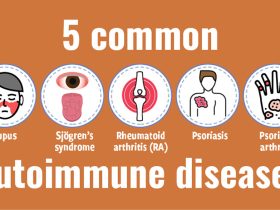
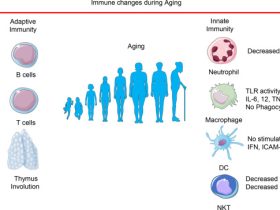
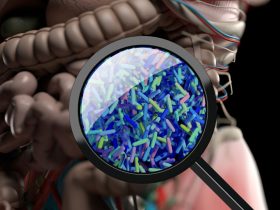



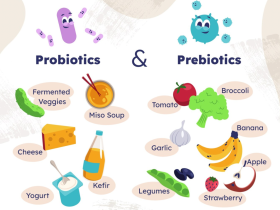
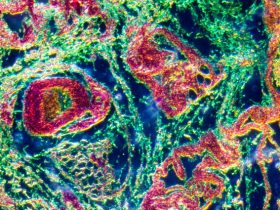
Leave a Reply